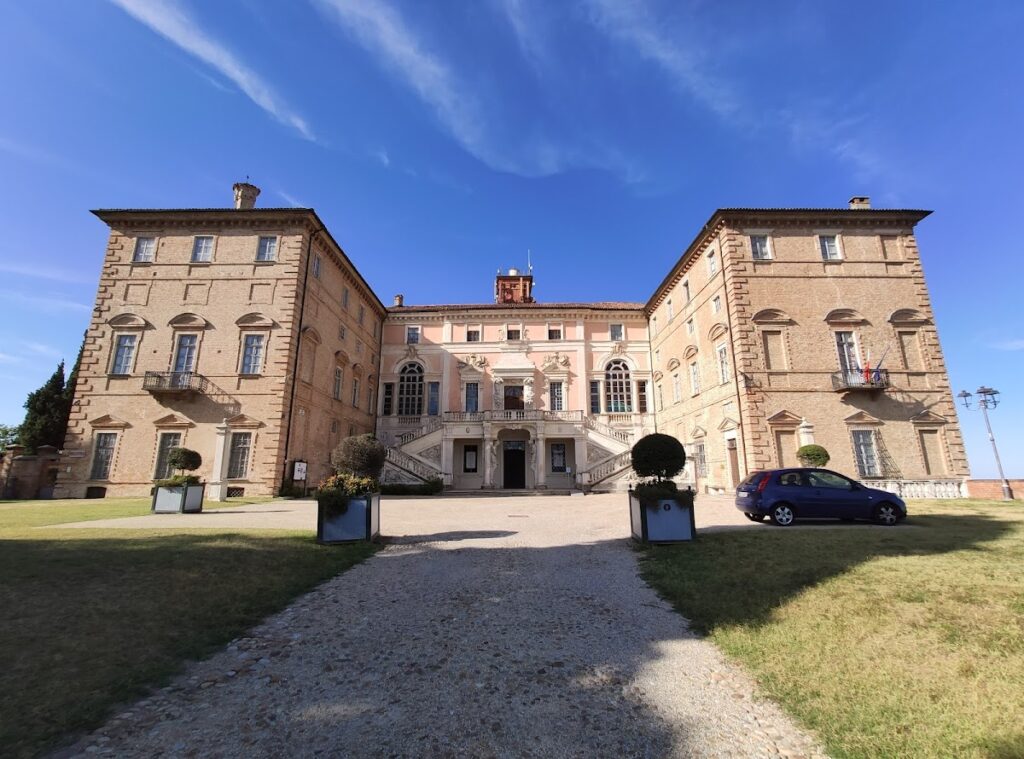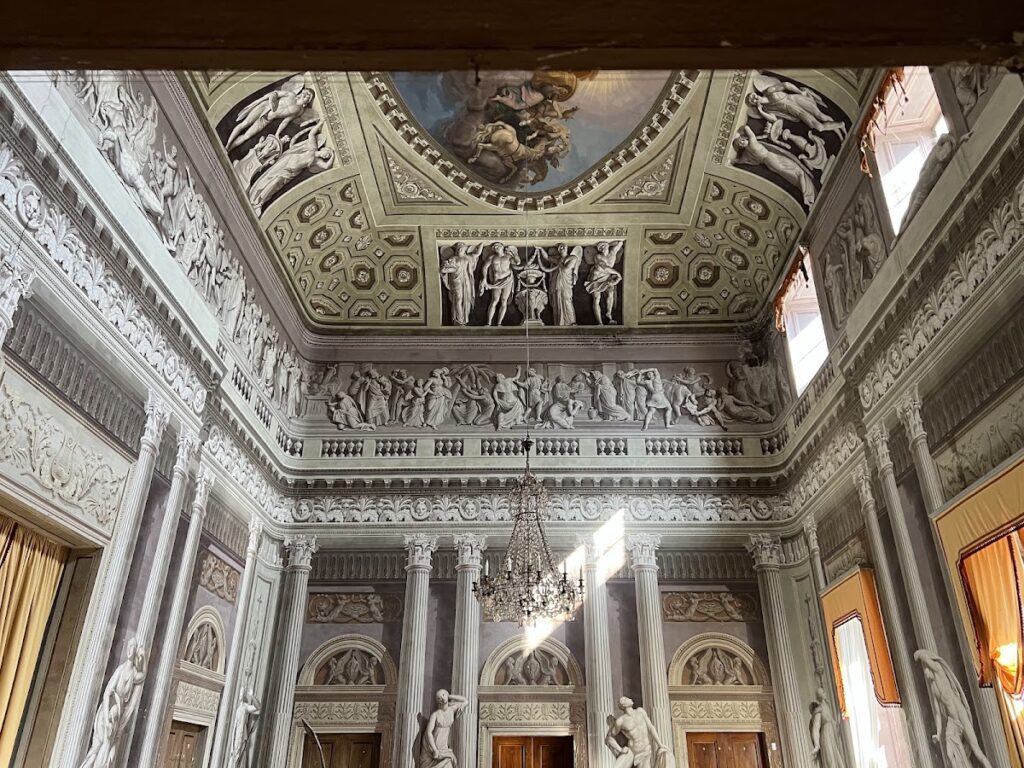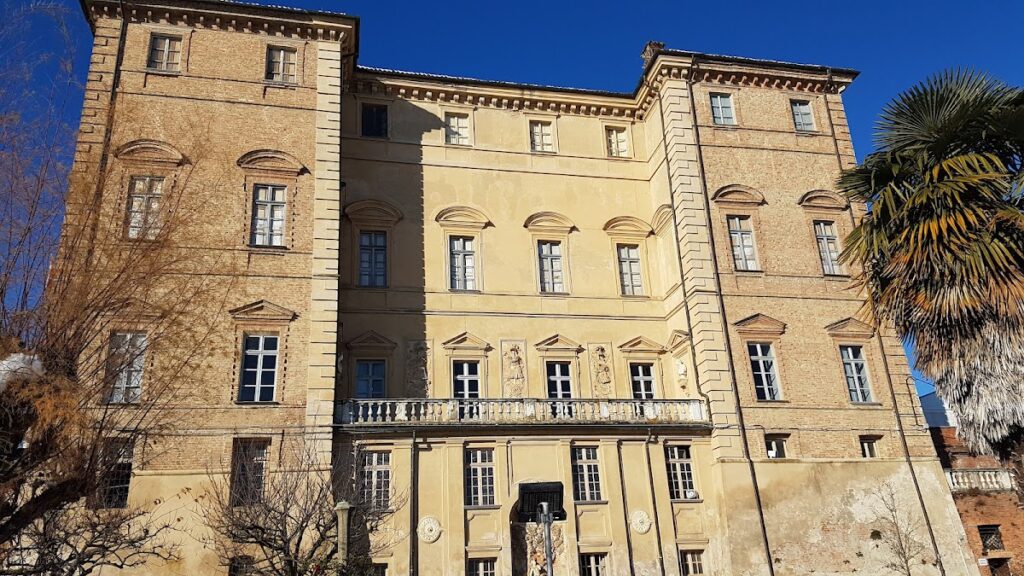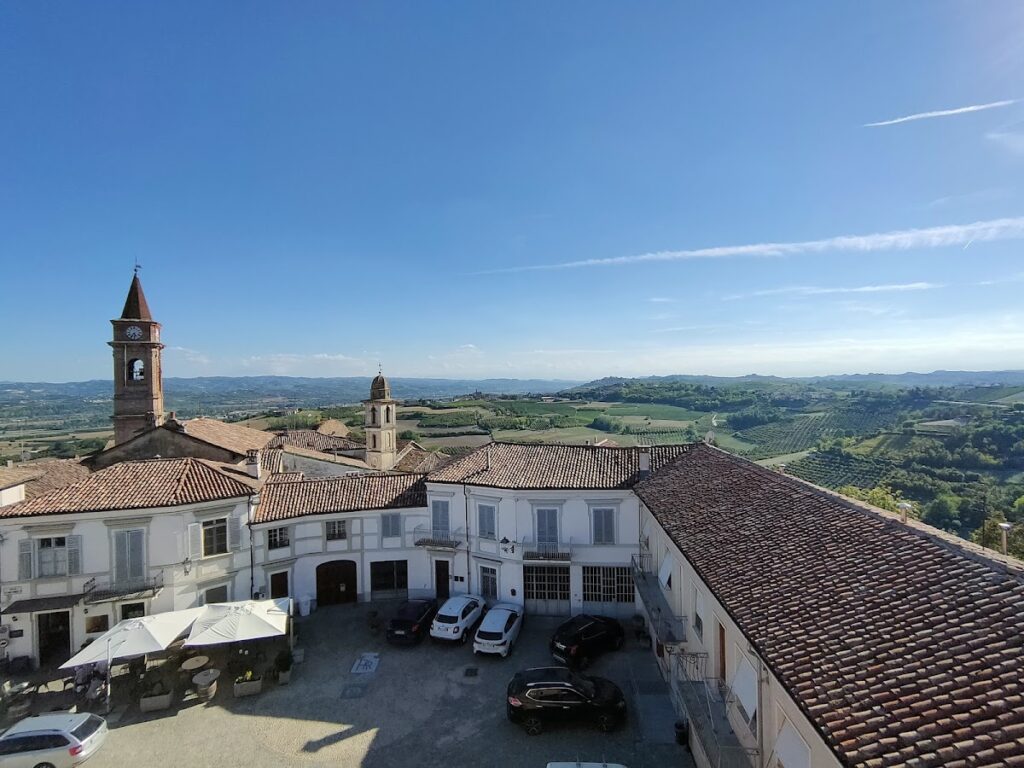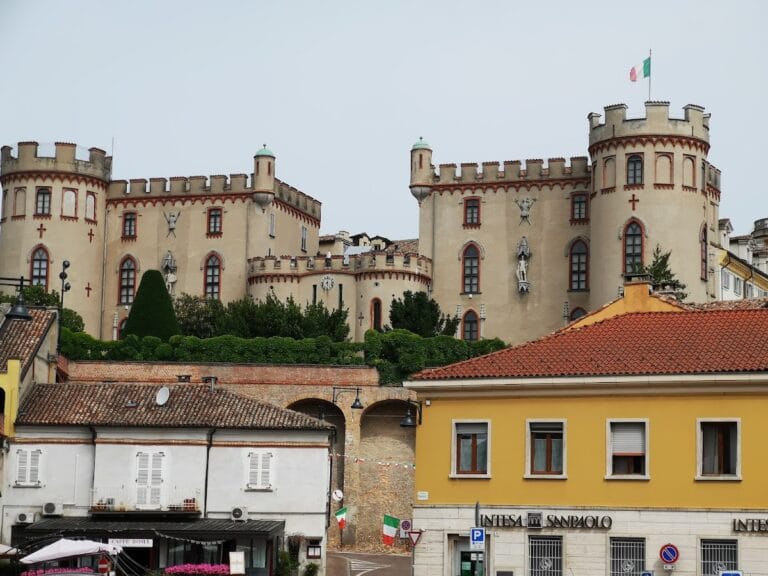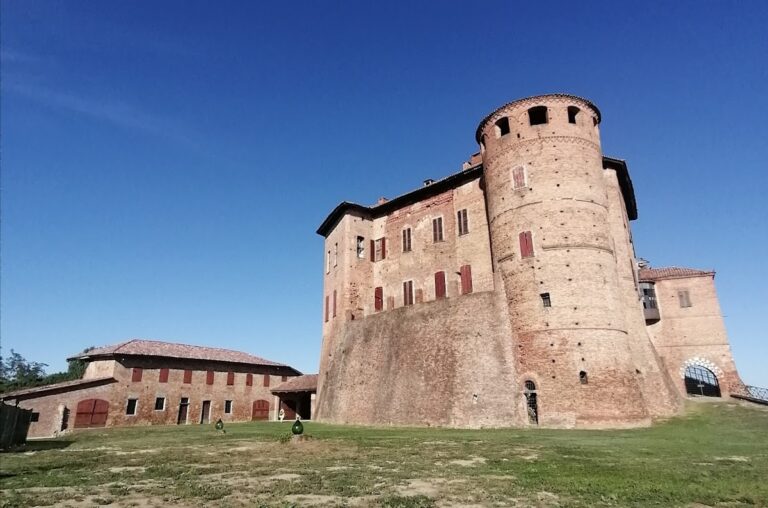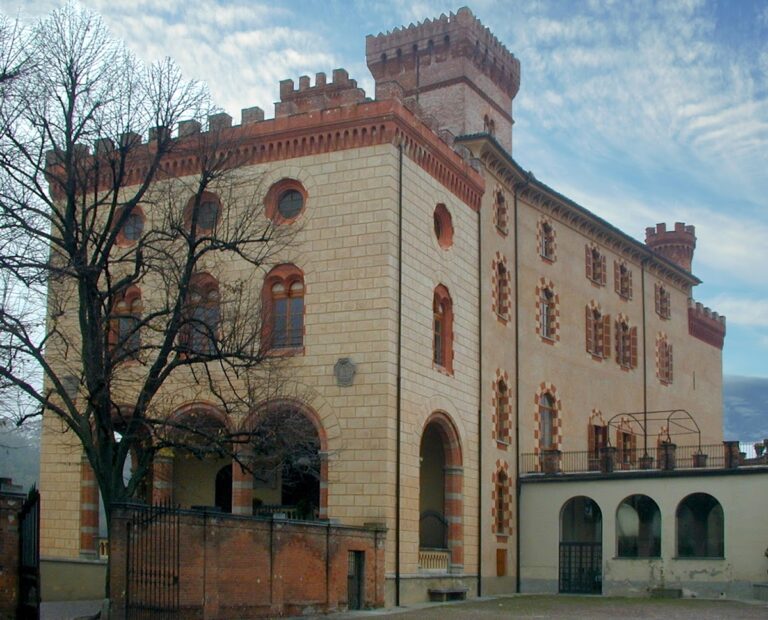Govone Castle: A Historic Residence in Italy
Visitor Information
Google Rating: 4.3
Popularity: Medium
Google Maps: View on Google Maps
Official Website: www.castellorealedigovone.it
Country: Italy
Civilization: Unclassified
Remains: Military
History
Govone Castle stands on a hill in the town of Govone, Italy, tracing its origins to a medieval fortification built by the local nobility of Monferrato. Evidence shows that a fortress existed on this site as early as 989 AD, when a sale deed mentioned a defensive structure featuring bastions and corner towers, typical of castles in the Monferrato region.
From the late 13th century, the castle was under the control of the Solaro family, who held the title of counts and lords of Govone. In the late 17th century, the Solaros began a major rebuilding of the fortress into a grand residence. This ambitious project involved the famed architect Guarino Guarini, who prepared designs for the castle’s transformation, although his contributions remained unfinished. Later, architect Benedetto Alfieri took over and completed the work, especially noted for crafting the impressive north façade. The reconstruction was largely finished by around 1783, giving the castle much of its current form.
In 1792, the male Solaro line ended, and the castle was absorbed by the royal House of Savoy, the ruling dynasty of the Kingdom of Sardinia. The castle became a royal residence and was used by monarchs as a summer retreat. During the upheavals of the Napoleonic era, the estate was seized but was recovered in 1816 by Prince Carlo Felice of Savoy. Carlo Felice invested in restoring and modernizing the castle with the help of architects Giuseppe Cardone and Michele Borda. The interiors were richly decorated under the direction of artists Luigi Vacca and Fabrizio Sevesi, making the residence fit for kings and their guests.
Govone Castle played a central role as the summer home for King Carlo Felice and Queen Maria Cristina, welcoming sovereigns and dignitaries. After Maria Cristina’s death in 1849, ownership passed to Duke Ferdinand of Genoa. By the end of the 19th century, specifically in 1897, the municipality of Govone acquired the property, repurposing it for civic administration and public functions.
The castle also holds historical cultural significance for hosting the philosopher Jean-Jacques Rousseau in 1730, who came into service under Count Ottavio Solaro. In recent decades, the castle gained international recognition as part of the UNESCO World Heritage Site known as the Residences of the Royal House of Savoy (since 1997). Additionally, it has been a member of the Castelli Doc network since 2007, highlighting its importance among Piedmont’s historic castles.
Remains
Govone Castle presents as an imposing brick structure set prominently on a hilltop, overlooking the surrounding village and the Tanaro valley. The building consists mainly of two principal floors with a smaller lower third level, all interconnected by both elegant staircases used by guests and separate service stairways for staff and logistical needs.
The south-facing façade is richly adorned with sculptural elements carved from marble. Noteworthy are the powerful atlantes—the sculpted figures serving as supporting columns—and various bas-reliefs, many of which were relocated from the Royal Palace of Venaria Reale to decorate this castle front. These reliefs frame a grand double-ramp marble staircase that ascends to the main entrance on the upper floor, evoking the grandeur of royal residences.
Inside, several rooms feature rare Chinese hand-painted rice paper wallpapers. These artworks vividly depict traditional production scenes of porcelain, tea, rice, and silk, exemplifying the 18th-century European fascination with East Asian culture reflected in chinoiserie decoration styles.
The castle’s ballroom stands out for its painted frescoes representing the mythological story of Niobe, created by Luigi Vacca and Fabrizio Sevesi. These artists also decorated the large central hall with trompe-l’oeil artwork that imitates statues and classical architecture, drawing inspiration from themes preferred by King Carlo Felice himself, thus blending mythology and royal symbolism.
In the north wing, visitors find the “Hall of the Priors,” featuring pastel-colored Baroque stucco decorations. The walls are adorned with copies of large portraits portraying eight grand priors from the Solaro family who were affiliated with the Knights of Malta, acknowledging the family’s historical ties to this medieval order.
Surrounding the main building are extensive gardens arranged in distinct styles. To the east lies an Italian formal parterre garden characterized by symmetry and carefully clipped hedges. The north and west sides are graced by a vast English-style park, designed by the landscape architect Xavier Kurten, emphasizing a more natural layout with trees and lawns. A hanging garden, notable for its flower beds, fountains, and trees, adds a decorative touch nearby. In 2001, a rose garden was established just below the castle near the site of the former chapel, featuring ancient rose varieties.
Additional components of the castle complex include the former orangery, which has been adapted for contemporary events, and the castle’s church of Santo Spirito, which was once physically connected to the residence, integrating religious functions with the noble estate.
Today, the castle is well preserved and accommodates the local town hall and municipal library. Its former stables have been transformed into a restaurant, ensuring continuous use of the historic buildings while maintaining the site’s rich heritage.

